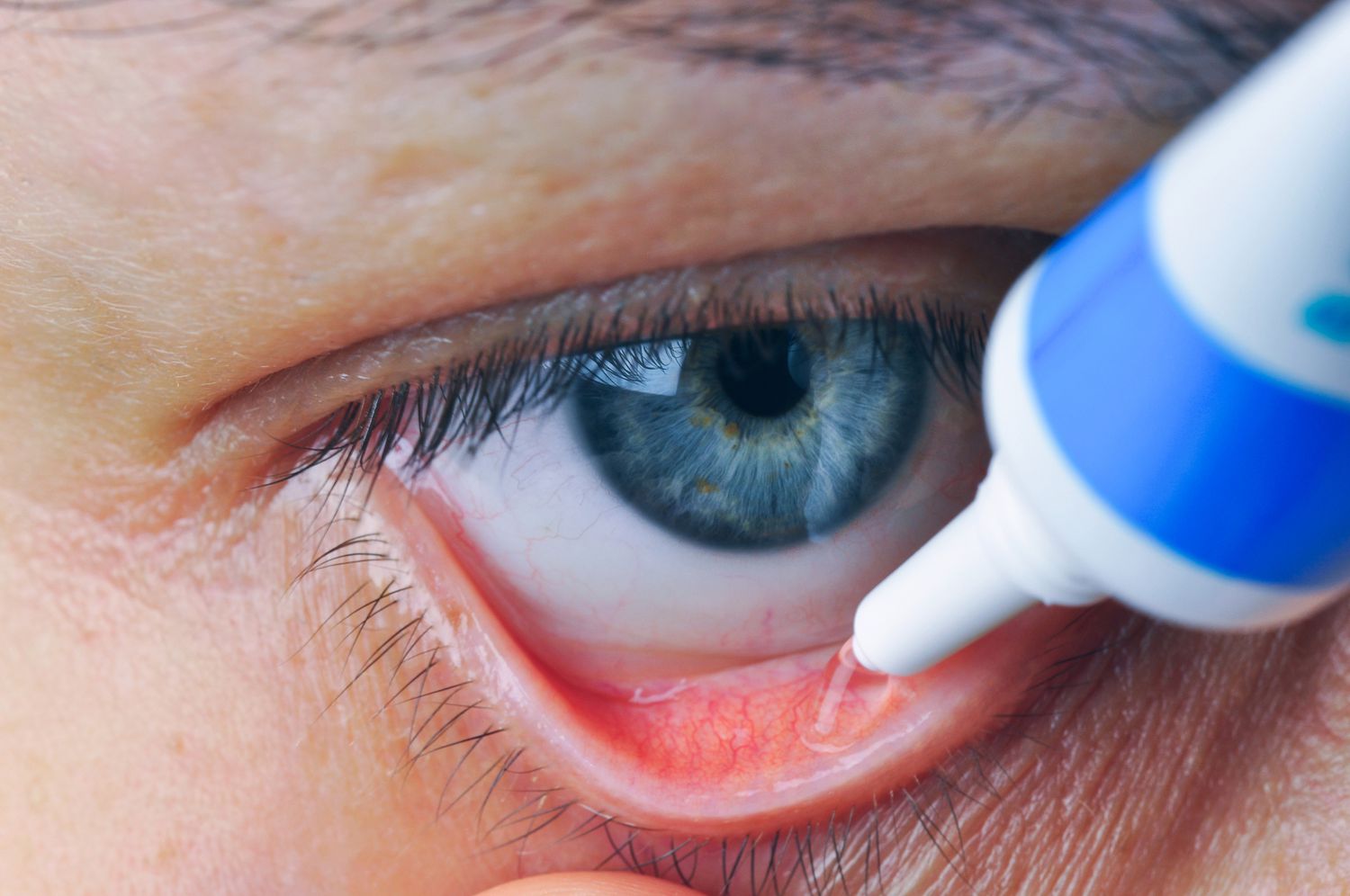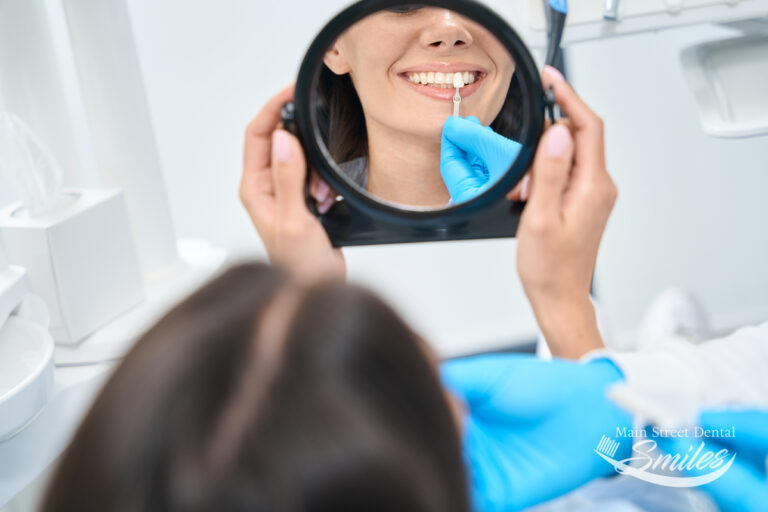Conjunctivitis, commonly known as pink eye, is a prevalent eye condition that can cause discomfort and irritation. While there are various forms of conjunctivitis, bacterial conjunctivitis is one of the most common types that require medical treatment. One of the most effective treatments for bacterial conjunctivitis is antibiotic eye drops. In this article, we’ll explore everything you need to know about antibiotic eye drops for conjunctivitis, from how they work to how to use them safely and effectively.
What is Conjunctivitis?
Understanding the Basics of Conjunctivitis
Conjunctivitis refers to the inflammation of the conjunctiva, the thin, transparent membrane that covers the white part of the eye and the inner surface of the eyelids. This inflammation can be caused by a variety of factors, including bacteria, viruses, allergens, and irritants. The condition is highly contagious, especially in its viral and bacterial forms, making it a common issue in schools and other crowded environments.
Types of Conjunctivitis
There are three primary types of conjunctivitis, each with different causes and treatment options:
- Bacterial Conjunctivitis: Caused by bacterial infections, this type is often treated with antibiotic eye drops.
- Viral Conjunctivitis: Caused by viruses, this type typically resolves on its own and does not respond to antibiotics.
- Allergic Conjunctivitis: Triggered by allergens such as pollen, dust, or pet dander, this type is treated with antihistamines or other allergy medications.
Symptoms of Bacterial Conjunctivitis
Recognizing the Signs of Bacterial Conjunctivitis
Understanding the symptoms of bacterial conjunctivitis is crucial for timely and effective treatment. Common symptoms include:
- Redness in the white of the eye: Caused by inflammation of the blood vessels in the conjunctiva.
- Thick, yellow or green discharge: Often a hallmark of bacterial infections, this discharge can cause the eyelids to stick together, especially after sleeping.
- Swelling of the eyelids: Inflammation can cause puffiness and discomfort in the eyelids.
- Tearing: Excessive tearing or watery eyes can occur as the eye tries to flush out the infection.
- Gritty sensation: Many people describe a feeling of sand or grit in the eye, which can be particularly uncomfortable.
What Are Antibiotic Eye Drops?
Understanding Antibiotic Eye Drops
Antibiotic eye drops are a specific type of medication designed to combat bacterial infections in the eye. These drops contain antibiotics, which are substances that either kill bacteria or inhibit their growth. By applying these drops directly to the eye, the medication can quickly reach the site of infection, helping to clear up symptoms and prevent the spread of the infection to others.
Common Antibiotics Used in Eye Drops
Several different antibiotics are commonly used in eye drops for conjunctivitis, including:
- Tobramycin: Effective against a wide range of bacteria, this antibiotic is commonly prescribed for bacterial conjunctivitis.
- Erythromycin: This antibiotic is often used for newborns and young children because of its safety profile.
- Ofloxacin: A fluoroquinolone antibiotic, Ofloxacin is often used for more severe bacterial infections.
- Polymyxin B/Trimethoprim: This combination antibiotic is used for broad-spectrum bacterial coverage.
How Do Antibiotic Eye Drops Work?
Mechanism of Action
Antibiotic eye drops work by targeting the bacteria responsible for the infection. Depending on the type of antibiotic, the drops may either kill the bacteria directly (bactericidal) or inhibit their ability to grow and reproduce (bacteriostatic). By reducing the number of bacteria in the eye, these drops help to alleviate symptoms and speed up the healing process.
Duration of Treatment
Typically, antibiotic eye drops are prescribed for a course of 7-10 days. It’s crucial to complete the full course of treatment, even if symptoms improve before the drops are finished. Stopping the medication early can lead to a resurgence of the infection and contribute to antibiotic resistance.
When Are Antibiotic Eye Drops Necessary?
Indications for Antibiotic Use
Antibiotic eye drops are specifically indicated for bacterial conjunctivitis. They are not effective against viral or allergic conjunctivitis. A healthcare provider can diagnose the type of conjunctivitis based on the symptoms and may take a swab of the discharge to identify the bacteria involved.
Risks of Unnecessary Antibiotic Use
Using antibiotics when they are not needed, such as for viral or allergic conjunctivitis, can contribute to the growing problem of antibiotic resistance. This makes it more difficult to treat bacterial infections in the future and can lead to more severe health issues.
How to Use Antibiotic Eye Drops Safely
Step-by-Step Guide to Applying Eye Drops
Proper application of antibiotic eye drops is crucial for their effectiveness. Here’s a step-by-step guide to ensure you’re using them correctly:
- Wash your hands: Before touching the eye drop bottle or your eye, thoroughly wash your hands with soap and water.
- Shake the bottle: If the eye drops require shaking, do so gently to mix the medication.
- Tilt your head back: Look up toward the ceiling and pull down your lower eyelid to create a small pocket.
- Apply the drops: Hold the dropper close to your eye without touching it. Squeeze one drop into the pocket formed by your lower eyelid.
- Close your eye: Gently close your eye and keep it closed for 1-2 minutes to allow the drops to spread evenly across the surface of your eye.
- Repeat if necessary: If your doctor has prescribed more than one drop, wait at least 5 minutes before applying the second drop.
- Wash your hands again: After applying the drops, wash your hands to remove any medication residue.
Common Mistakes to Avoid
When using antibiotic eye drops, avoid the following common mistakes:
- Touching the dropper to your eye or any surface: This can contaminate the dropper and introduce bacteria into the bottle.
- Skipping doses or stopping early: Even if symptoms improve, complete the full course of treatment to prevent the infection from returning.
- Sharing your eye drops: Never share prescription eye drops with others, as this can spread infection and reduce the effectiveness of the medication.
Potential Side Effects of Antibiotic Eye Drops
Common Side Effects
While antibiotic eye drops are generally safe, they can cause side effects in some people. Common side effects include:
- Mild stinging or burning: This sensation is usually temporary and occurs when the drops are first applied.
- Redness or irritation: Some people may experience increased redness or irritation as their eyes adjust to the medication.
- Blurred vision: Vision may be temporarily blurred after applying the drops, so avoid driving or operating heavy machinery immediately afterward.
Serious Side Effects and Allergic Reactions
In rare cases, antibiotic eye drops can cause more serious side effects or allergic reactions. Seek medical attention if you experience:
- Severe itching or swelling: This may indicate an allergic reaction to the medication.
- Eye pain or changes in vision: If you notice increased pain or a significant change in vision, stop using the drops and contact your healthcare provider.
- Rash or difficulty breathing: These symptoms may indicate a severe allergic reaction and require immediate medical attention.
Alternatives to Antibiotic Eye Drops
Other Treatments for Conjunctivitis
While antibiotic eye drops are the standard treatment for bacterial conjunctivitis, other forms of conjunctivitis require different treatments:
- Viral Conjunctivitis: This type of conjunctivitis typically resolves on its own within 1-2 weeks. Artificial tears and cold compresses can help relieve symptoms.
- Allergic Conjunctivitis: Antihistamine eye drops or oral antihistamines can reduce symptoms caused by allergens.
- Irritant-Induced Conjunctivitis: Removing the irritant and using lubricating eye drops can help alleviate symptoms.
Preventing Conjunctivitis
Preventing conjunctivitis, especially the bacterial and viral types, is essential to avoid spreading the infection. Key preventive measures include:
- Frequent hand washing: Wash your hands often, especially after touching your eyes or face.
- Avoiding touching your eyes: Try to avoid rubbing or touching your eyes, particularly in public places.
- Not sharing personal items: Avoid sharing towels, pillowcases, or cosmetics with others.
When to See a Doctor
Signs You Need Medical Attention
While most cases of conjunctivitis are mild and resolve with treatment, some situations require medical attention. Contact a healthcare provider if you experience:
- Severe pain or sensitivity to light: These symptoms could indicate a more serious eye condition.
- Worsening symptoms despite treatment: If your symptoms are not improving after a few days of using antibiotic eye drops, consult your doctor.
- Changes in vision: Any sudden or significant changes in vision should be evaluated by a healthcare professional.
Regular Eye Check-Ups
Even if you don’t have symptoms of conjunctivitis, regular eye check-ups are essential for maintaining overall eye health. During these check-ups, your eye care provider can check for signs of infections, eye diseases, and other conditions that may not yet be causing symptoms.
Conclusion
Antibiotic eye drops for conjunctivitis are an effective and commonly prescribed treatment for bacterial eye infections. Understanding how to use these drops correctly, recognizing when they are necessary, and being aware of potential side effects are crucial for achieving the best possible outcomes. If you suspect you have bacterial conjunctivitis, consult with a healthcare provider to receive an accurate diagnosis and appropriate treatment. Remember, taking steps to prevent the spread of conjunctivitis and maintaining good eye health can go a long way in protecting your vision and overall well-being.













